Discover the Most Remote Spot in Africa And How Safe It is to Explore
Looking for a unique vacation idea? Want to get away from the city and see the world? The most remote spot in Africa might be for you.
You might have to forget about it being a vacation, however. When you are left without modern transportation and facilities, the ordeal of reaching any of these places becomes an intimidating prospect. But humans have always been motivated to overcome tough challenges. Exploration and adventure have always been the driving forces behind some of our most impressive achievements.
There is no shortage of remote places in the world. If you want to push yourself to your limits, then reaching any one of them is truly an accomplishment to be proud of. These are the places only the most hardy and adventurous explorers dare to travel to. If you’re looking for something that will truly impress your friends and colleagues, the most remote spot in Africa would be at the top of your list.
How Did We Determine The Most Remote Spot in Africa?
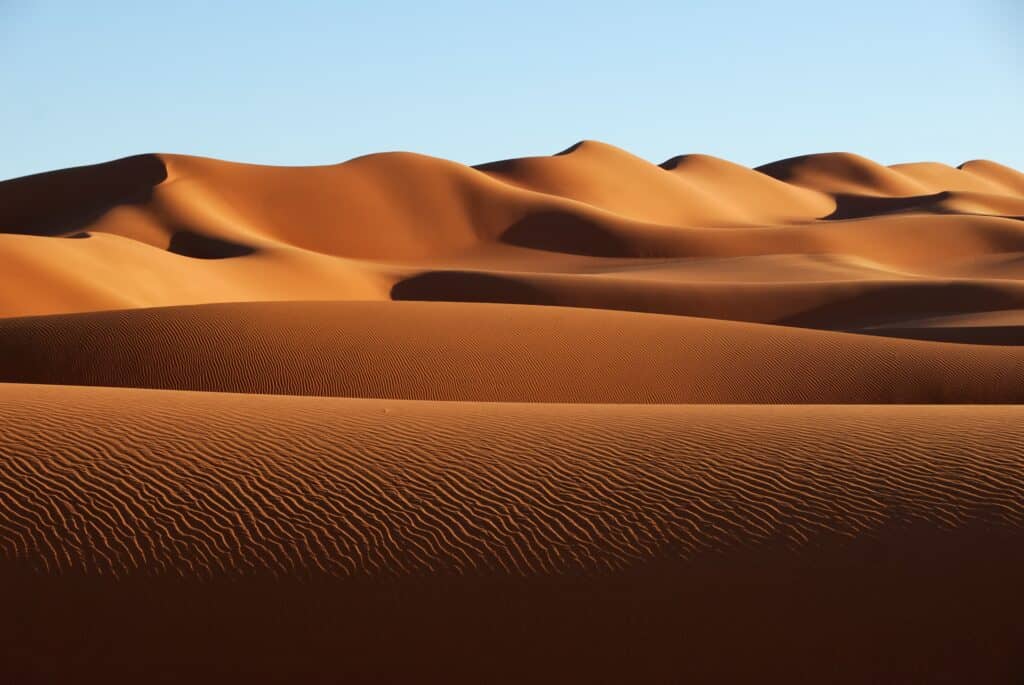
©MrLis/Shutterstock.com
There are a number of ways you can define “most remote”. It can be a town or settlement the furthest away from another city or town. It can be any location furthest away from civilization. You can also choose a place that is the hardest to reach.
Each of these criteria will have a different answer. And, for a continent as enormous as Africa, there are dozens of candidates for each. Whether deep in the Sahara, high in the mountains, or in the depths of the jungle, there are many places that qualify as the most remote spot in Africa. So how do you pick which one?
We looked at a couple of towns and villages that take days to reach. There are a few locations that almost nobody has ever visited. Then, we even looked at places that are extremely dangerous and inaccessible.
In the end, we decided on a spot that is both far away from civilization and difficult to reach. This spot is known as the pole of inaccessibility of Africa.
What is a Pole of Inaccessibility?
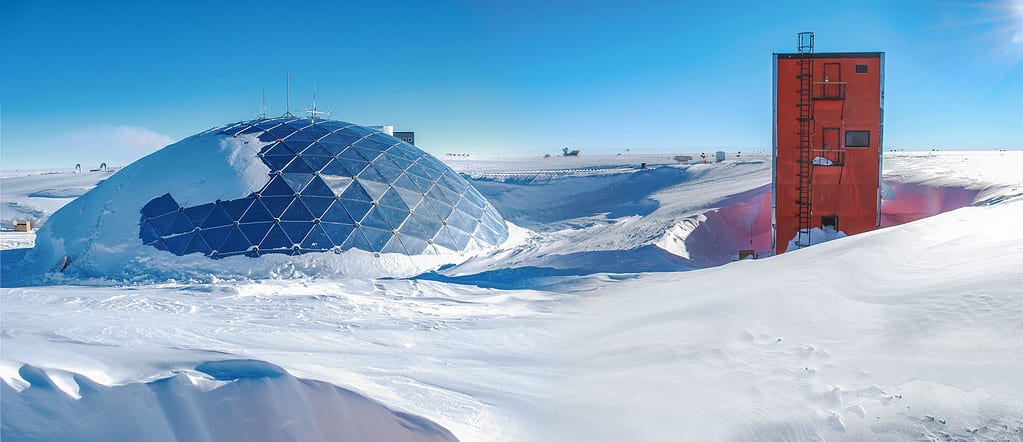
©Mesa Studios/Shutterstock.com
A pole of inaccessibility is a location in any geographic area that is the most difficult to reach based on certain criteria. Generally, these criteria are the distance from the ocean.
Every continent has a pole of inaccessibility. The difficulty in reaching each point varies. For example, nobody has yet reached the Northern pole of inaccessibility (or the Arctic pole) because of its remote location and treacherous terrain. On the other hand, the North American pole of inaccessibility is in the Pine Ridge Reservation in South Dakota.
Where is The Pole of Inaccessibility in Africa?
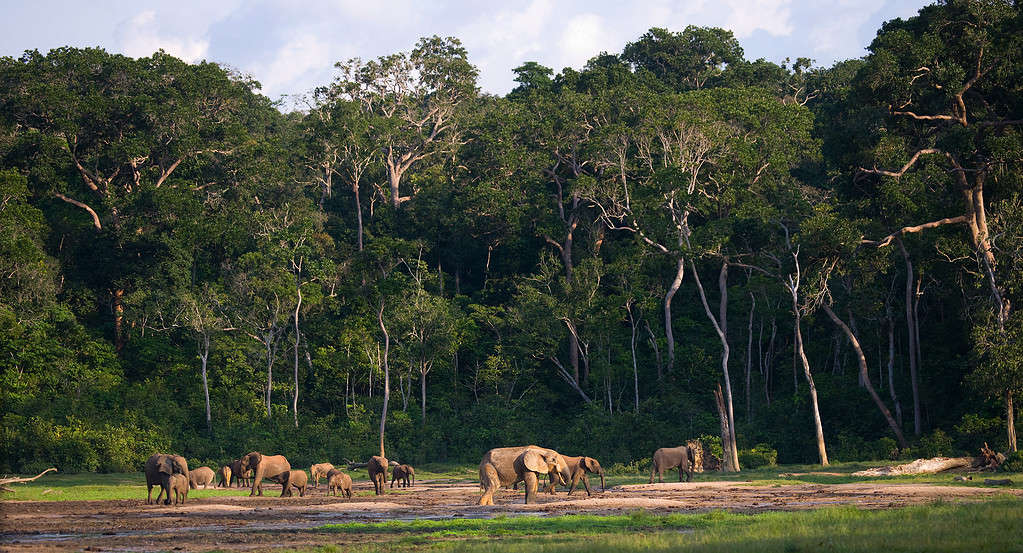
©ANDREYGUDKOV/iStock via Getty Images
The African pole of inaccessibility is located in the Central African Republic, near the town of Obo. It is close to the tripoint of South Sudan, the Democratic Republic of the Congo, and the Central African Republic. It is 1,127 miles away from the nearest coastline. The exact location is at 5.65°N 26.17°E.
The pole is in the jungle on the Eastern edge of the Central African Republic. This is an area that experiences annual monsoons. The terrain is hilly and covered by a tall, triple-canopy rainforest.
Who Has Been to The African Pole of Inaccessibility?
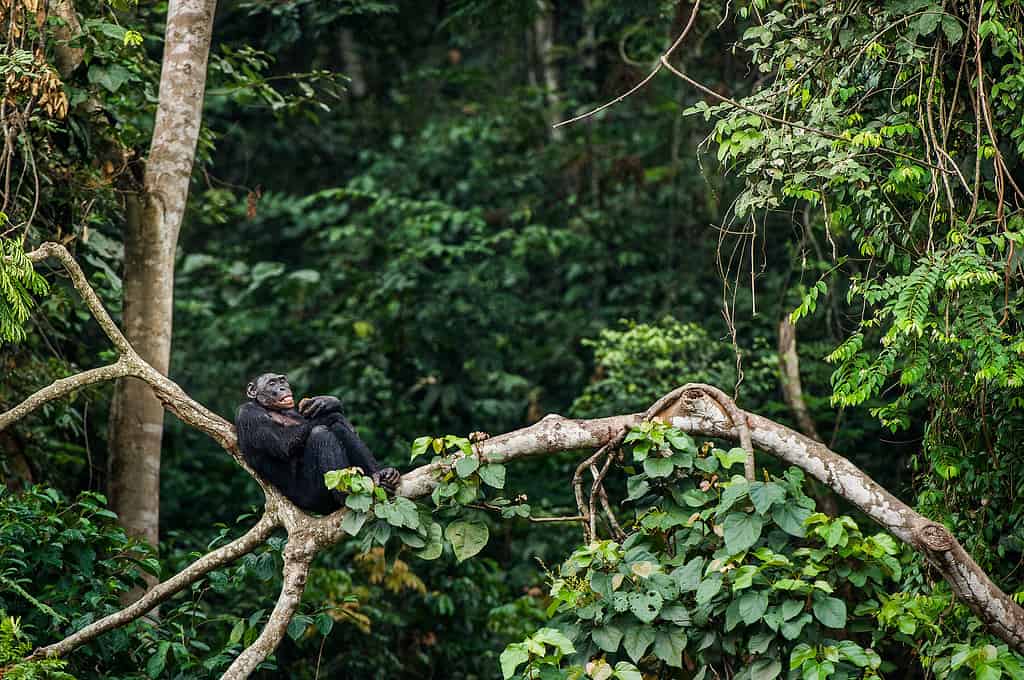
©USO/iStock via Getty Images
While it is reasonable to expect that at least a few people in the area have been to the pole of inaccessibility throughout history, there is no record of foreign explorers or travelers reaching this point until 2021.
On December 7th, 2021, the exploration group of Chris Brown, Cat Vinton, Jacob Johnson, Larry Reeves, aided by Arnoux, Eric, Gustav and Frederic, reached the African pole of inaccessibility.
It took several flights just to reach the dirt airfield in Obo. After that, two chartered helicopter flights took them to the landing site near the pole. Thirty minutes of bush-whacking later they finally reached the pole of inaccessibility. While the trip itself took a few days, it was the culmination of three years of planning and preparation just to attempt the excursion.
What is at The Pole of Inaccessibility?

©Anne Czichos/iStock via Getty Images
The only thing near the African pole of inaccessibility is the town of Obo.
Obo is the capital of the Haut-Mbomou prefecture of the Central African Republic. Obo is named after a local Zande chief, Orbo, who lived in the area during the beginning of the 1900s. French general and explorer Jean Baptiste Marchand reached Obo while he was searching for the source of the Nile (a popular and famous endeavor for several decades).
Obo has been the site of several clashes between government forces, rebel militias, and resistance armies. Attacks on the city are regular and ongoing. The last attack was on August 13, 2023, when government forces attacked the local militia, wounding one member. Several buildings were burned in the city in retaliation.
Can You Get to Most Remote Spot in Africa?
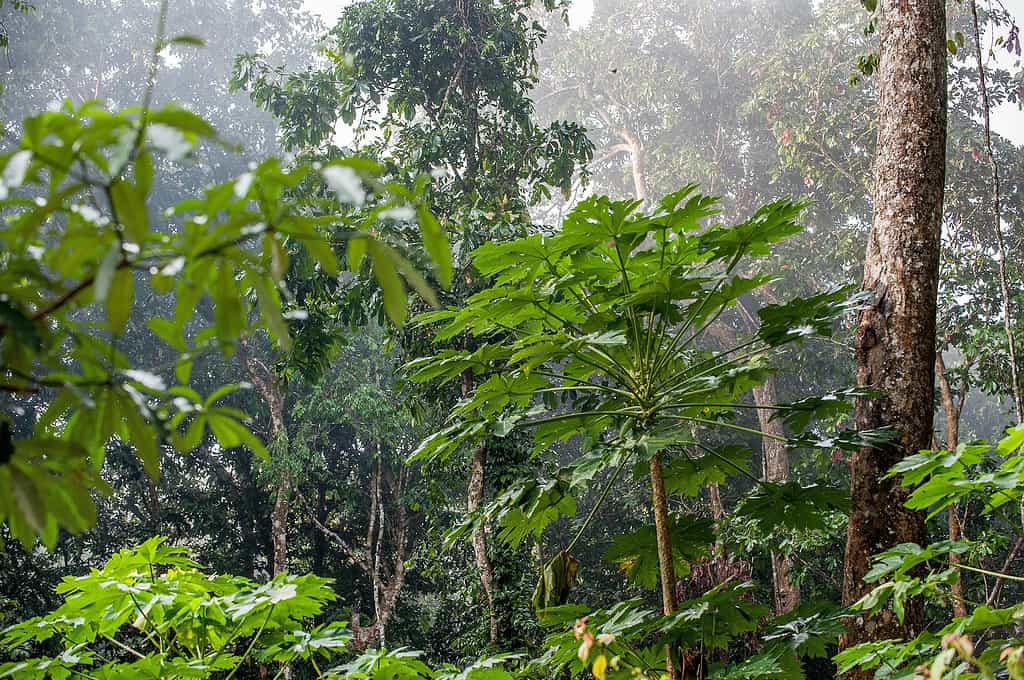
©USO/iStock via Getty Images
Technically? Yes. Realistically? No.
The journey to the African pole of inaccessibility is fraught with danger. The Central African Republic, in which it is located, is a lawless, violent, and dangerous country. Almost all foreign governments recommend avoiding the country altogether. For all essential government, humanitarian, or other business work, it is strongly recommended to stick to only the most absolutely essential travel. No exploring the towns. No sightseeing.
Travelers who do end up going to the Central African Republic usually just stay at the main airport, which is controlled by the United Nations. Or, if they must leave, travelers are told to stay at the very center of Bangui, the capital and largest city in the Central African Republic. Any travel outside of these areas is likely to get you injured or killed.
What do You Need to Travel to The Pole of Inaccessibility?
Obo is not a city in which you can find many of the luxuries we take for granted. Years of conflict and exploitation have left it at the mercy of warring militia and powerful warlords. You can’t expect to find things like internet access, reliable transportation, and responsive local police. Whatever you need, you will have to bring with you or plan to acquire through local contacts beforehand.
A few of the absolutely essential equipment and transportation you would need include flights to Bangui, charter aircraft from Bangui to Obo, helicopter at Obo with fuel, special forces close protection, a local government contact or fixer, radio equipment, protection provided by the local army forces, jungle clothes and equipment, medical pack, and a lot of luck.
Even with the best planning, you will still face many dangers, both known and unknown, on your adventure. Some of them are unavoidable, like diseases or freak accidents that might leave you injured or stranded. Others are at the whim of local government leaders or militia forces. You can’t defend yourself from corruption or violence, no matter how well you plan, so you will have to depend on luck more than you might be comfortable with.
A short list of the dangers you will (not might) have to plan for and deal with include: denial of your flying permits, being unable to find and purchase fuel for your helicopter, ambushes by militia or rebel forces, being taken hostage by bandits, an injury of any kind, at attack by large cats, snakes, or other predators, diseases carried by insects, local unrest, having to find safe and reliable shelter before sundown, corrupt officials and police, and more.
Now you might begin to see why the African pole of inaccessibility is our top candidate for the most remote place in Africa. Even with the most careful planning and preparation, you still might not reach your destination. What might seem like a small inconvenience at home, can become a life-threatening event during your adventure. If you do decide to attempt this excursion, good luck! You’re going to need it.









